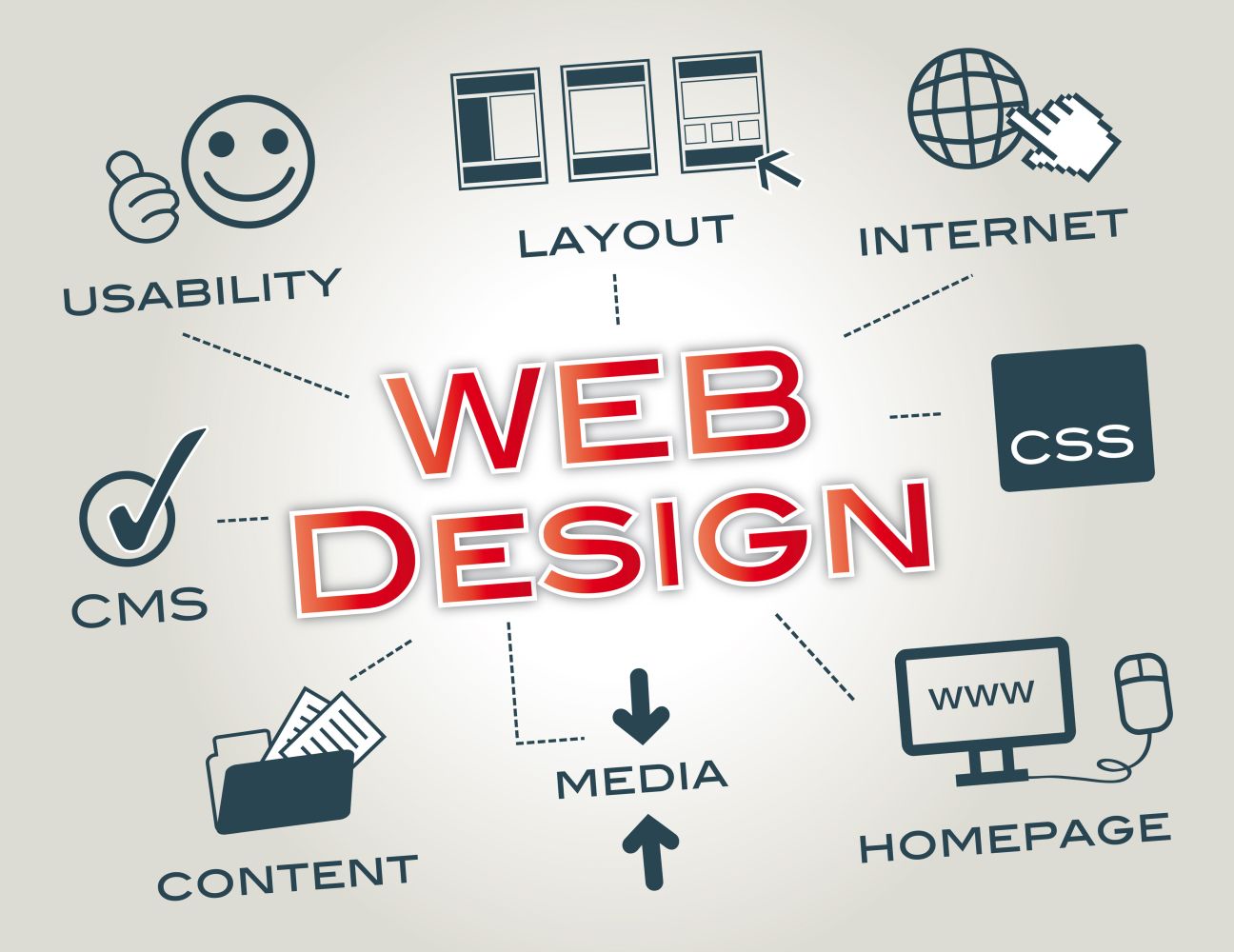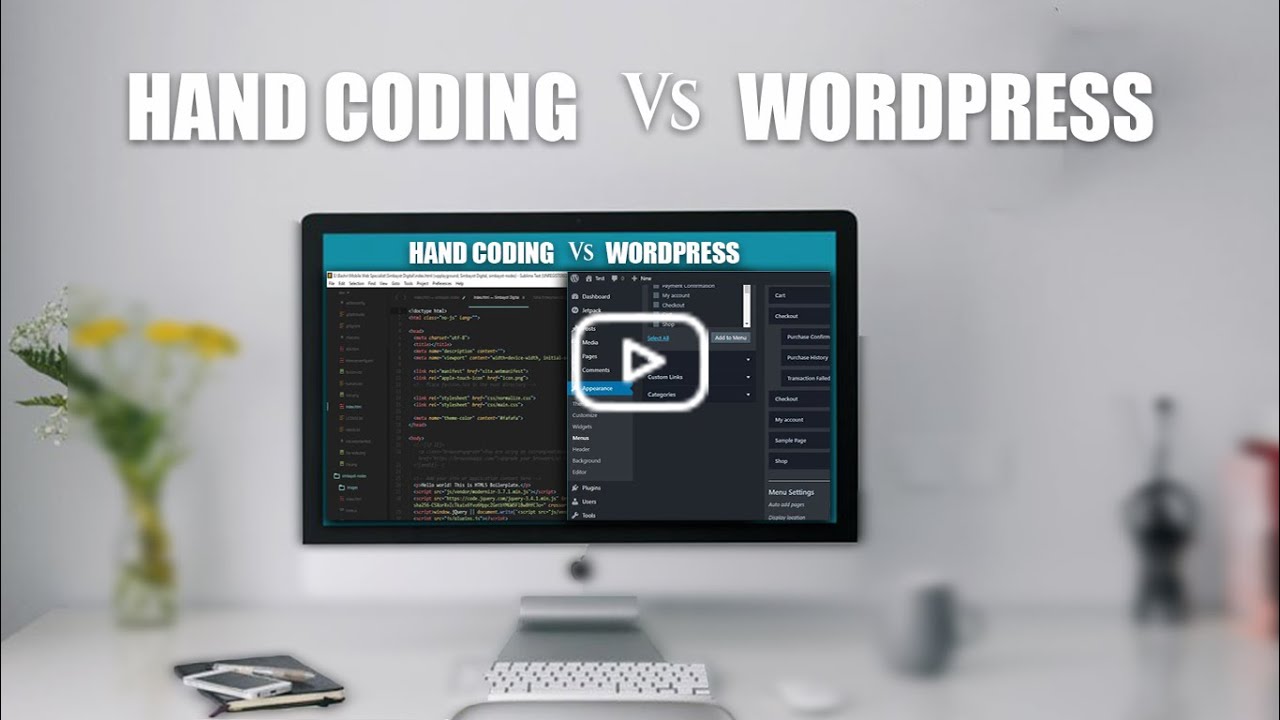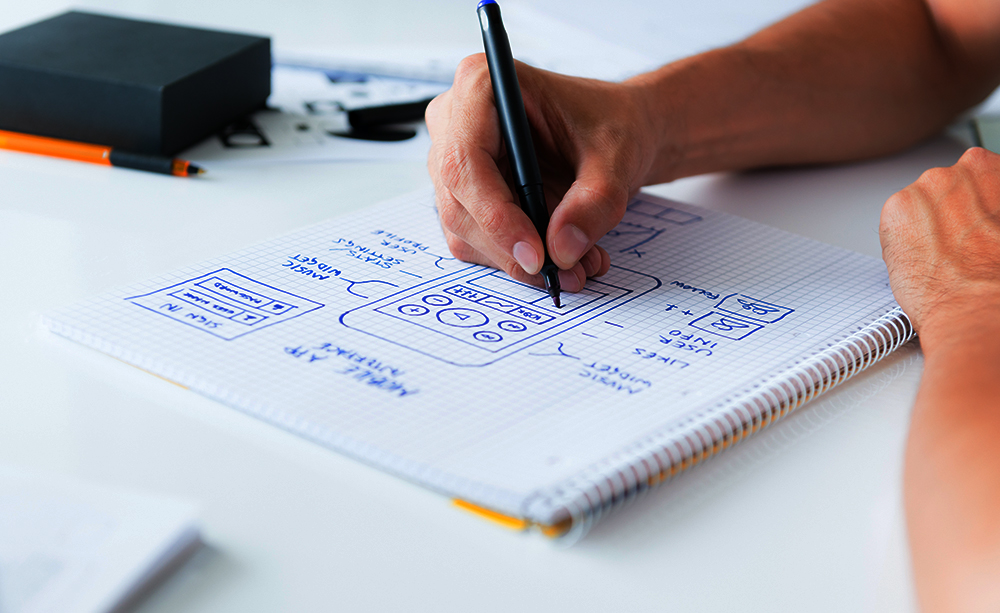
What is Definition, Elements, Uses of Web Design
Web design involves combining creativity, technical skills and an understanding of user experience (UX) to craft digital experiences that effectively communicate a company's brand, products or services. In this article, we'll explore the definition of web design, its essential elements and its practical uses.
Definition of Web Design
Web design encompasses the planning, conceptualization and arrangement of various elements to create engaging and effective websites. It involves the creation of page layouts, content organization, image selection, color schemes, typography and overall visual aesthetics. Ultimately, web design aims to ensure that the website effectively meets the needs of its target audience while accurately representing the brand's identity.
What do web designers do?
- Identify website goals and ensure accessibility for all users
- Organize content and multimedia elements across web pages
- Integrate interactive applications and other functionality
Specific duties of a web designer include:
- Selecting readable fonts and attractive color schemes aligned with branding
- Implementing the company's brand identity through design elements
- Creating a logical website structure and navigation flow
- Positioning images, text, videos, logos and other components
- Writing HTML, CSS and JS to build page layouts and styling
- Optimizing websites for both desktop and mobile viewing experiences
The two main web design approaches:
- Adaptive design - Creating layouts based on pre-defined screen sizes
- Responsive design - Having content dynamically adapt to different screen sizes
Web designers employ these methods strategically based on the client's requirements and the desired user experience across devices.
Overall, web designers bridge creative visual design with technical front-end development skills. Their work aims to create engaging, on-brand, intuitive and accessible websites tailored to meet project goals and user needs.
The key elements of web design are
- Layout
- The arrangement and structure of elements on a web page
- Use of grids, white space, responsive design for different devices
- Images/Graphics
- Visuals like photos, illustrations, icons to supplement text
- Should complement the brand and enhance the content
- Visual Hierarchy
- The order in which elements are visually processed by users
- Achieved through placement, size, colors, contrast
- Color Scheme
- Harmonious selection of colors that align with the brand
- Can evoke emotions and improve accessibility/readability
- Typography
- Choice of fonts/typefaces for headings, body text, etc.
- Impacts readability, tone and brand personality
- Readability
- Making text content easy to read on the web
- Influenced by font choice, size, line spacing, contrast
- Navigation
- Menu systems to allow users to navigate the website
- Header/footer menus, breadcrumbs, search, etc.
- Content
- The actual text, multimedia and information on the website
- Should be clear, scannable, engaging and aligned with goals
These core elements all contribute to the overall user experience, branding, functionality and aesthetic appeal of a website when properly designed and balanced.
Web design serves several important purposes and uses
- Search Engine Optimization (SEO): Web design plays a crucial role in SEO by structuring website content and code in a way that makes it easily discoverable by search engines. This helps improve a website's ranking in search results, driving more organic traffic.
- Customer Satisfaction: A well-designed website enhances the user experience by providing clear navigation, easy access to information and a visually appealing interface. This improves customer satisfaction and builds positive brand perception.
- Mobile Responsiveness: With the increasing use of mobile devices, web design ensures that websites are optimized for various screen sizes and resolutions, providing a seamless experience across different devices.
- Consistent Branding: Web design is instrumental in establishing and reinforcing a brand's visual identity. By using brand elements like colors, fonts and imagery consistently throughout the website, it helps build brand recognition and credibility.
- Technical Efficiency: Effective web design involves clean coding practices that enable fast loading times, smooth functionality and efficient rendering of multimedia elements, resulting in a technically efficient and reliable user experience.
- User Experience Optimization: Web designers analyze user behavior and interaction data to identify areas for improvement and optimize the website's layout, navigation and content flow, enhancing the overall user experience.
- Conversion Rate Optimization: Web design plays a significant role in conversion rate optimization by strategically placing calls-to-action, creating persuasive landing pages and guiding users through the desired conversion funnel, ultimately leading to increased conversions and sales.
- Improved Sales and Lead Generation: By attracting and retaining visitors, providing a positive user experience and effectively communicating the value proposition, well-designed websites can directly contribute to increased sales, lead generation and business growth.
Overall, web design is a multifaceted discipline that combines aesthetic appeal, functionality and user-centered principles to create engaging digital experiences that support various business objectives, from brand building to lead generation and revenue growth.


